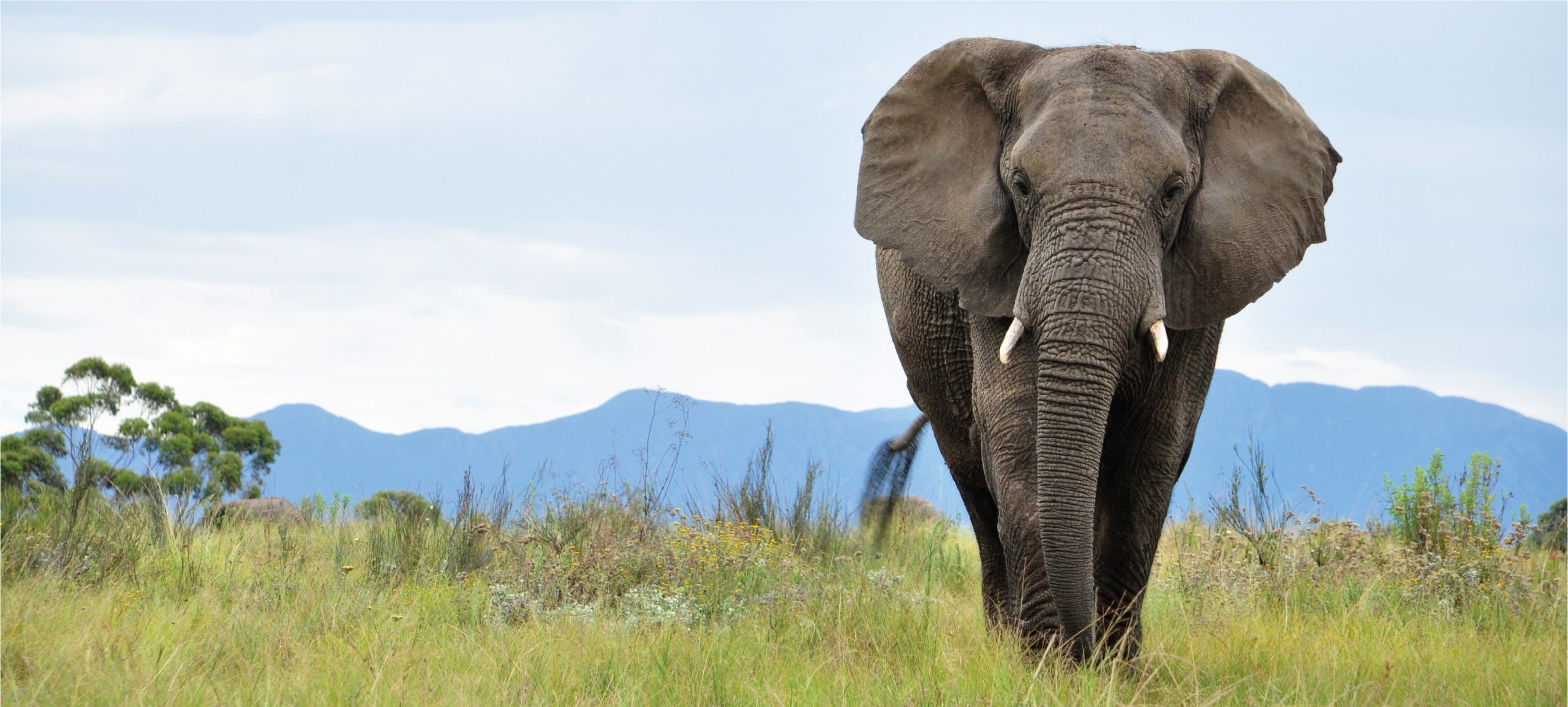-

Colorado Chipmunk
Explore the fascinating world of the **Colorado Chipmunk** (*Tamias quadrivittatus*), a small yet lively rodent native to the Rocky Mountains. Discover their unique physical features, social behaviors, diverse diet, and essential role in the ecosystem, alongside interesting facts about their remarkable memory and communication skills. Learn about their habitat and conservation status in this engaging…
-

Red-tailed Chipmunk
Discover the fascinating world of the Red-tailed Chipmunk, a small mammal thriving in North America’s temperate forests. With its distinctive reddish-brown fur and remarkable burrowing behavior, this omnivorous creature plays a vital role in seed dispersal and ecosystem health. Learn about its habitat, diet, reproduction, and unique adaptations that ensure its survival in diverse environments.
-

Merriam’s Chipmunk
Discover the fascinating world of Merriam’s Chipmunk (*Tamias merriami*), a small yet vibrant mammal thriving in the mountainous regions of western North America. With its distinct reddish-brown fur and playful behaviors, this diurnal species is vital to its ecosystem, contributing to seed dispersal and soil aeration while showcasing engaging social interactions. Learn more about their…
-

Least Chipmunk
Discover the fascinating world of the Least Chipmunk (Tamias minimus), the smallest chipmunk species, known for its distinctive stripes and curious behavior. Found in diverse North American habitats, these diurnal creatures play a vital role in their ecosystems as seed dispersers while showcasing remarkable adaptability and unique feeding habits. Learn about their intriguing characteristics, reproductive…
-

California Chipmunk
Discover the fascinating world of the California Chipmunk (Neotamias speciosus), a small but vibrant mammal native to the western United States. Learn about its distinctive physical characteristics, diverse habitat preferences, and unique behaviors, from acorn foraging to intricate burrow-building. Explore its vital role in the ecosystem, conservation status, and the captivating facts that make this…
-

Siberian Chipmunk
Discover the fascinating world of the **Siberian Chipmunk** (*Tamias sibiricus*), a small rodent native to the forests and woodlands of northern Asia. Known for their distinctive striped coat and energetic behavior, these chipmunks play a vital role in their ecosystems through seed dispersal and soil aeration, while also showcasing unique traits such as food caching…
-

Alpine Chipmunk
Discover the fascinating world of the Alpine Chipmunk (*Tamias alpinus*), a small yet vibrant creature thriving in the high-altitude habitats of western North America. This comprehensive overview explores their unique physical characteristics, curious behaviors, and essential role in the ecosystem, as well as the conservation challenges they face due to climate change. Join us as…
-

Yellow-pine Chipmunk
Discover the fascinating world of the Yellow-pine Chipmunk (Sciurus cascadensis), a charming rodent found in the coniferous forests of the Sierra Nevada and Cascade Mountain ranges. With their striking fur patterns and energetic behaviors, these chipmunks play a crucial role in their ecosystem as seed dispersers while facing challenges from habitat loss and climate change.…
-

Buller’s Chipmunk
Explore the fascinating world of Buller’s Chipmunk, a small mammal native to the montane forests of the Pacific Northwest. This species, known for its distinctive reddish-brown fur and social behaviors, plays a crucial role in seed dispersal and forest regeneration. Learn about their habitat, diet, reproduction, and conservation status in our in-depth blog post.
-

Gray-footed Chipmunk
Discover the fascinating Gray-footed Chipmunk (Neotamias canicaudus), a small rodent thriving in the mountainous forests of the western United States. Renowned for their grayish-brown coats and impressive memory for food caching, these diurnal creatures play a vital role in their ecosystem by aiding seed dispersal and serving as prey. Learn more about their habitat, behavior,…
Search
Popular Posts
-
Lygosoma corpulentum
Discover the Lygosoma corpulentum, or fat skink, a robust insectivorous lizard native to Southeast Asia’s moist tropical rainforests and varying habitats. With a stocky body, impressive camouflage, and remarkable adaptability, this ovoviviparous species plays a crucial role in maintaining ecological balance.
-
Lygosoma boehmei
Lygosoma boehmei is a slender, nocturnal insectivore found in humid tropical rainforests and savannas of Southeast Asia, exhibiting a smooth, camouflaging texture and remarkable burrowing abilities. This vulnerable species plays a crucial role in its ecosystem by controlling insect populations and serving as prey for larger predators.
-
Lygosoma bampfyldei
Lygosoma bampfyldei, commonly found in tropical and subtropical regions, is a moderately sized lizard measuring 15 to 25 cm, known for its elongated body and glossy, camouflage coloration. This insectivorous species thrives in moist habitats and plays a vital role in maintaining ecological balance by controlling insect populations.
Categories
Tags
animal adaptations (924) animal behavior (5000) animal reproduction (865) behavior (920) biodiversity (7853) conservation (1670) conservation efforts (1778) conservation status (5748) diet (2104) ecological balance (2087) ecological role (1952) ecosystem (1469) ecosystem role (2901) endangered species (2514) habitat (3280) habitat conservation (1136) Habitat Destruction (1421) habitat loss (3385) herpetology (870) insectivorous reptiles (948) IUCN Red List (1971) lizard behavior (881) lizard diet (944) lizard reproduction (1101) nocturnal animals (2754) nocturnal behavior (2592) nocturnal reptiles (1061) physical characteristics (2058) predator-prey relationships (927) reproduction (2890) reptile behavior (1037) reptile conservation (1348) reptile reproduction (1069) rodent species (1325) seed dispersal (2145) Seed Disperser (979) small mammals (1168) snake behavior (952) snake diet (1061) snake reproduction (1129) tropical forests (948) Vulnerable Species (4926) wildlife (2511) wildlife conservation (5355) wildlife protection (1008)



